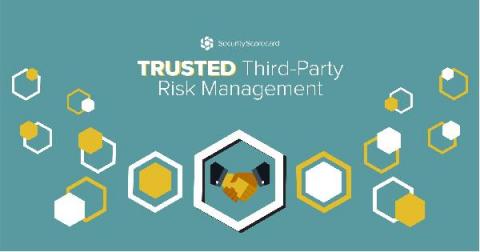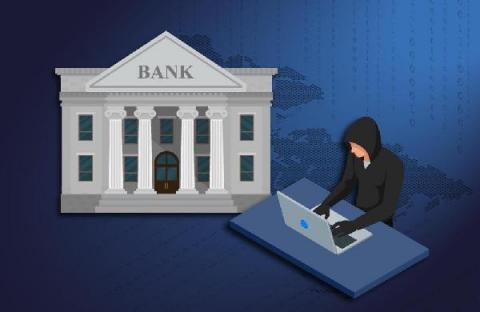How Internal Cybersecurity Threats Affect Your Cyber Risk Plan
In 2016, an article in the Harvard Business Review called out organizations that focused on external cybersecurity threats while ignoring the threats originating from within — and rightly so. Today, about 66 percent of organizations believe that malicious insider attacks are more likely than external attacks. This points to a growing (and welcome) awareness of internal cybersecurity threats.





